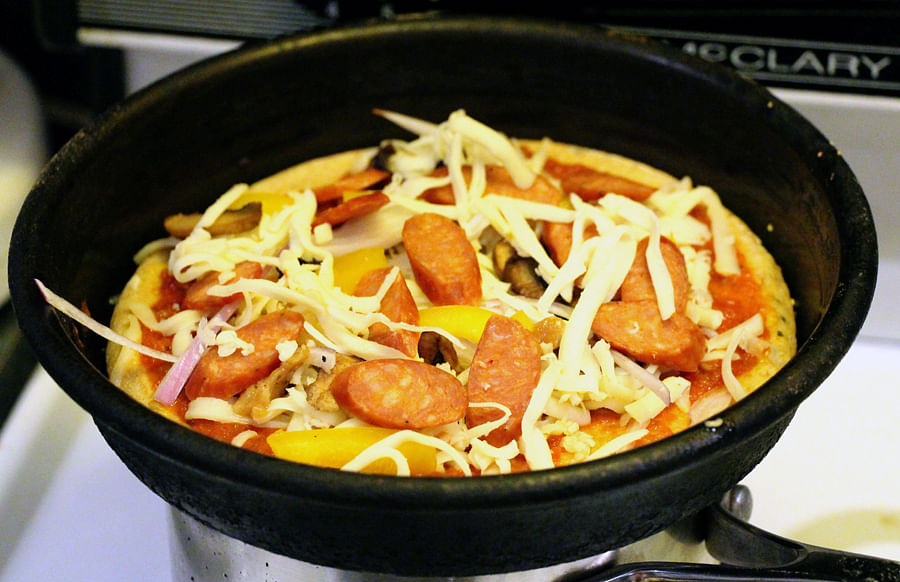
They look fancy and promise to do wonders for your cooking. The range of fancy cookware available in the market these days is amazing, particularly the non-stick variety.
For those who are passionate about cooking, the cookware is almost as important as the ingredients. It is easy to cook with non-stick pots and pans and the amount of oil used is also lower. Convenient as these are, it is important to know what kind of non-stick coating there is since it might be hazardous to health.
Non-stick cookware is coated with polytetrafluoroethylene (PTFE) and the commercial name for this is Teflon. This is the black coating that is seen on cookware. There has been a lot of research if this is harmful to humans and it has emerged that a chemical called perfluorooctanoic acid (PFOA) is not very safe. This chemical is not being used in the production of non-stick cookware now. There has also been research into the risks of overheating Teflon.
Whether non-stick cookware is dangerous to humans or not is debatable. So, how can one be sure that the utensils are not harmful? It is probably a better idea to switch to traditional iron, steel, stone and clay cookware. People are becoming more aware of the dangers of using chemically coated cookware. Therefore, some of the older materials are making a comeback.
Back in the day, the traditional Indian household has always used iron or cast iron cookware. Iron is very susceptible to rusting. Taking care of iron pots and pans can be a cumbersome task but it is probably worth the effort.
There is another advantage in using iron. The metal reacts with the food and some portion of it enters the body. This is known to be good since it improves the hemoglobin levels.
There are even more advantages with cast iron cookware. A properly seasoned piece of cookware will get better with time and form a natural non-stick coating. They are pretty easy to clean and will last a lifetime if cared for properly. Cast iron cookware is generally thick and heavy. This makes sure that the vessel holds heat for a longer time and that aids cooking.
Iron cookware must be dried thoroughly after use and a thin layer of vegetable oil will prevent rusting.
At one time in the past, every Indian kitchen probably had several cooking vessels made of stone. Humans have used stone cookware for thousands of years. Just like cast iron, it is heavy and will last a lifetime. The other advantage is there are no hazardous materials. Also, legend has it that some Indian dishes taste better when cooked in stoneware.
Clay cookware is still used in India. Cooking food with clay cookware is slow but the heat and moisture are circulated through the dish and this retains the nutrition value. It is completely safe. The only disadvantage is that clay cookware will break easily.
Stainless steel is almost maintenance free and will also last. Though they are not harmful to health, bad quality stainless steel cookware could leach a bit of nickel to the food.
Carbon steel is another good material that becomes more non-stick as time goes by. It is lighter than cast iron and conducts heat well. Chinese cooks swear by carbon steel woks, which suit their cooking. Chinese cooking involves intense heat and carbon steel can handle high heat but can’t retain as much heat as cast iron.
Carbon steel cookware may react with acidic and alkaline foods but this problem can be eliminated by seasoning the cookware properly before use.
Aluminium cookware is very light and the metal is an excellent conductor of heat. However, aluminium cookware is not durable as the metal is very soft. There are studies which say that excessive use of aluminium leads to Alzheimer’s disease.